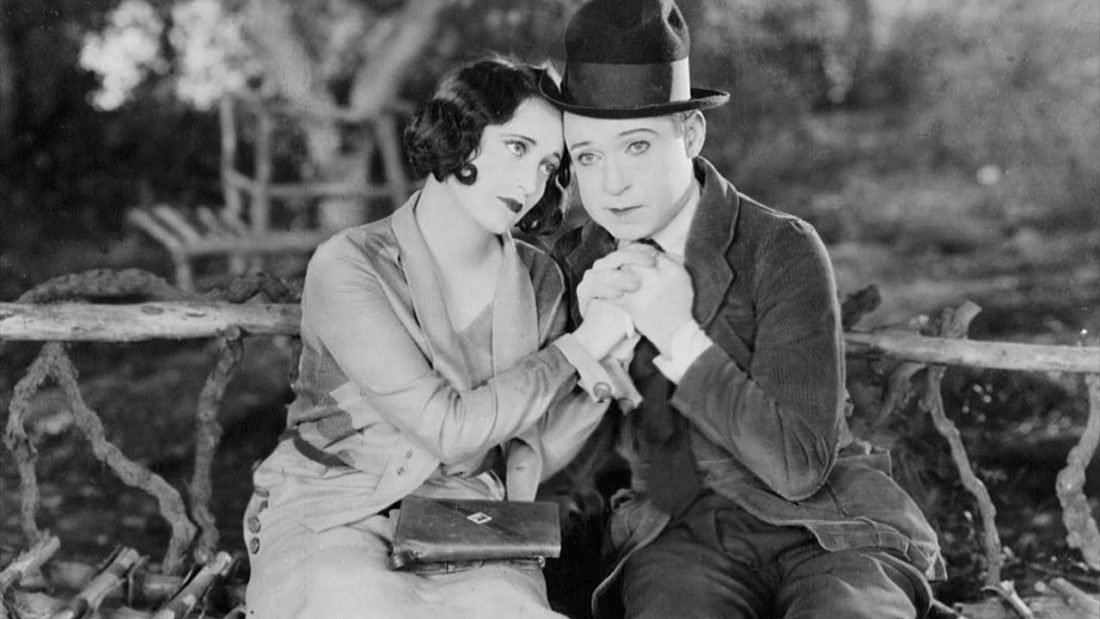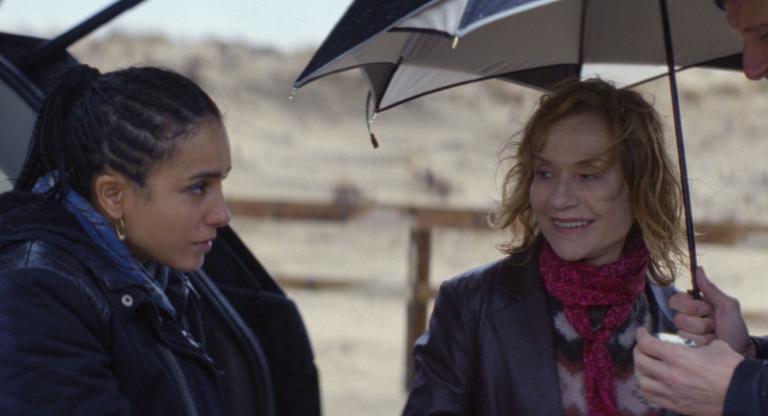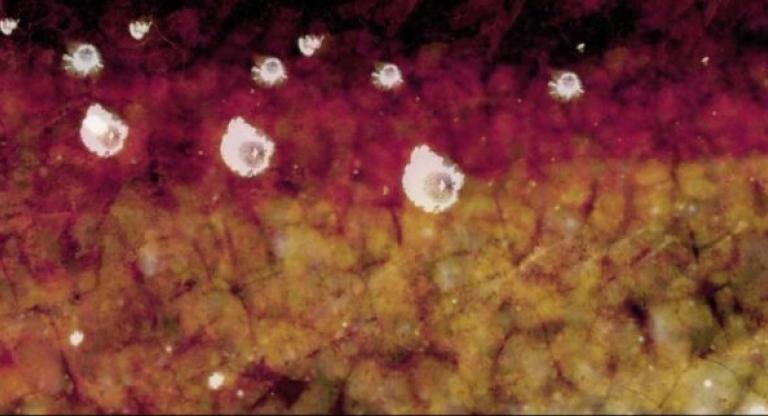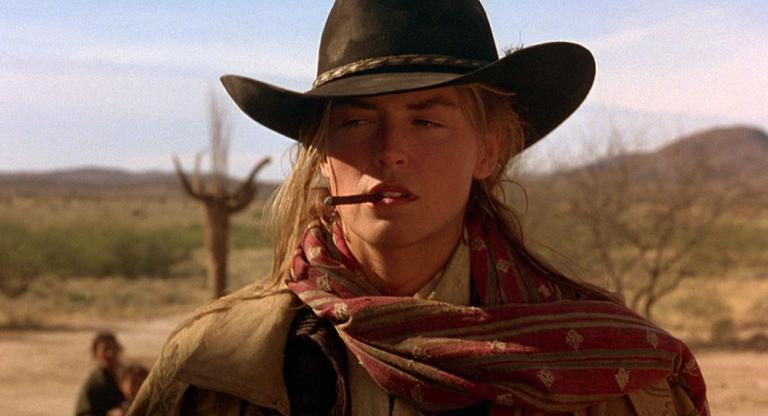Among the icons of American silent comedy, Harry Langdon might be the most purely clownish. His cherubic face is not that of a mute person but instead a living kewpie doll—more toy than man. Landgon’s persona includes touches of Chaplin’s coquettishness, Keaton’s deadpan reactions, Lloyd’s gee-whiz nerdiness, and the comic inventiveness and underdog ingenuity of all three. In The Strong Man (1926), one of Langdon’s best regarded films and Frank Capra’s directorial debut, these qualities are on full display alongside the actor’s particular brand of childlike adorableness.
Following the success of Tramp, Tramp, Tramp (1926), Langdon gained a reputation as the screen’s fourth comic genius, a reputation this next film would cement. Langdon, a veteran of vaudeville, worked primarily for Mack Sennett’s studios in the silent era, but his three greatest successes—Tramp, Tramp, Tramp; The Strong Man; and Long Pants (1927, his final collaboration with Capra)—were produced by his own production company, Harry Langdon Corporation. These films represent the brief zenith of the actor’s career, which began to decline with Langdon’s move into the director’s chair and the introduction of sound. The Strong Man, though, offers viewers a near-perfect silent comedy.
Langdon plays Paul Bergot, a Belgian soldier during World War I who receives letters from a young woman named Mary Brown (Priscilla Bonner). After the armistice, Bergot comes to America as the assistant of a renowned strong man named Zandow the Great (Arthur Thalasso) and searches for Mary Brown, falling into comic misunderstandings along the way. The viewer is treated to a series of delightfully funny scenarios, including Langdon mistaking limburger cheese for ointment and applying it to himself. In a sequence that will be familiar to fans of Jackie Chan’s Police Story (1985), the malodorous Langdon is thrown from a moving truck by his fellow passengers, rolls down a hill, and lands once again in the same passing truck.
Langdon’s grace and gentleness provides a unique contrast to Keaton’s sometimes violent athleticism and Chaplin’s near-abstract balleticness. And while The Strong Man might lack the heartbreaking pathos of “The Little Tramp” and the breathtaking mechanics of “The Great Stone Face,” what it offers viewers is a lovely and welcome cinematic sweetness.
The Strong Man screens this afternoon and tonight, December 14, at The Quad.



